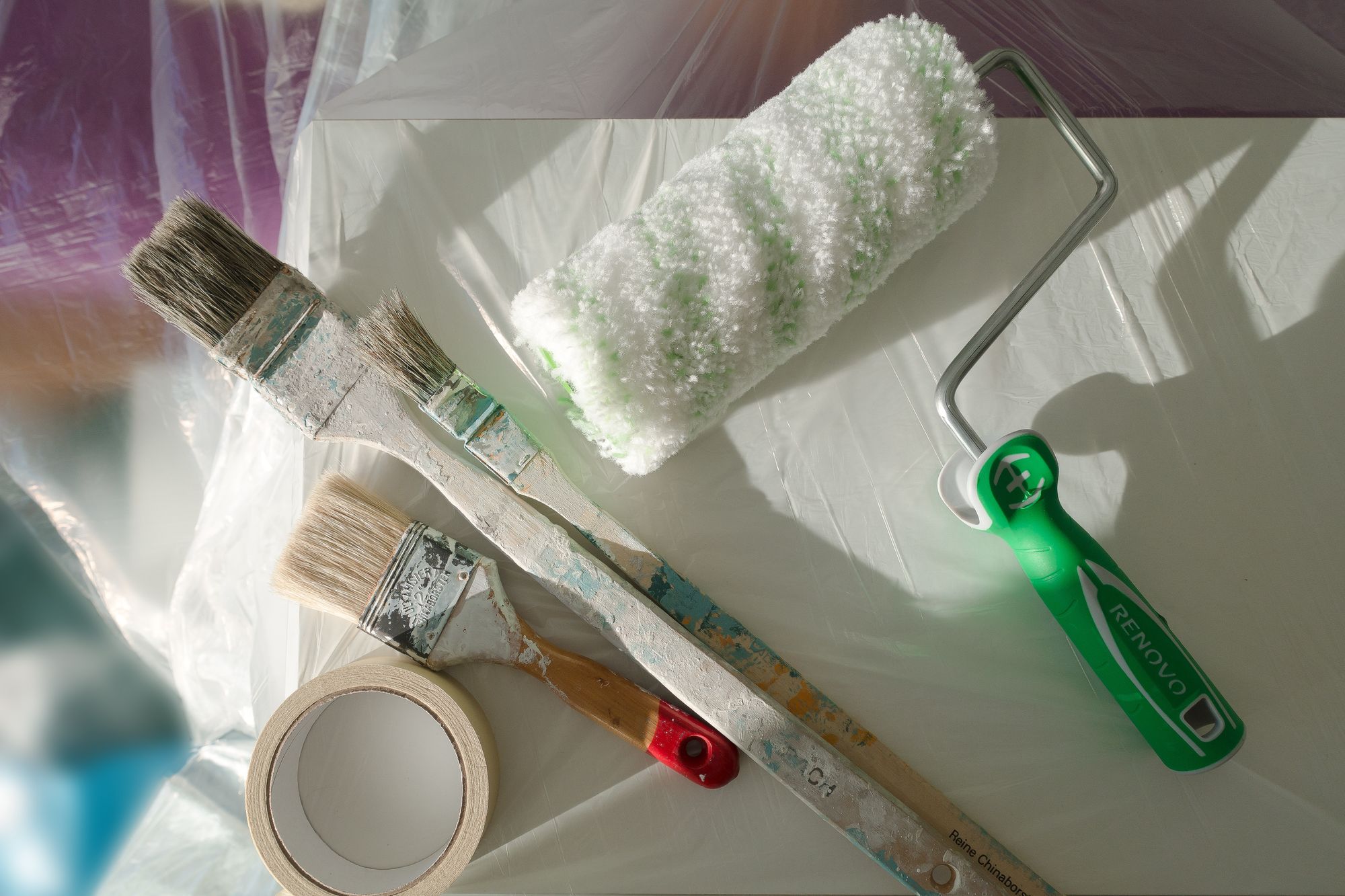Adjusting the home
Dementia cause changes in the brain and body that may affect home safety. There are many potential risks in the home, and adjustments might be important to prevent accidents and reduce confusion. In addition, persons with dementia can profit from a recognizable and organized living space. However, extensive renovation can cause confusion. Try to find the right balance between the two, and remember that small changes can make a great difference. The extent of needed adjustments depends on the challenges the person you are caring for is facing.
Tidy up.
When the memory is decreasing, it might seem like a good idea to keep the most useful things close, and write important things down on post-it notes. As time passes, however, you have an increasingly bigger pile of important things and post-it notes are floating, and no one can find anything. Try to make a system where important things has a designated place. The goal of tidying up should be maintaining a familiar environment, but removing clutter.
Look for and remove tripping hazards.
Remove or fasten rugs. Go through the cords for TV, radio, lamps and other electronic devices. If you find it possible for someone to trip on the cord, look for another solution of placement. Try to walk the normal routes inside the house, and see if you come across objects that can make someone stumble and possibly fall.
Ensure good lighting.
Ensure even and natural background brightness in living spaces, as well as good lighting in areas of focus. It is particularly important with sufficient lighting in walkways, like stairs, corridors and bathrooms. Consider whether lighting with or without sensors from bed to bathroom is helpful. At night, everything is dark, and the person with dementia might be more confused than during the day. Purchase battery driven sensor lights, or leave a light on between bedroom and bathroom to guide the person in the right direction.
Remove objects that can be hazardous from the person’s environment.
Most cleaning supplies contains harmful chemicals. Toxic plants and decorative fruits can be mistaken for real food. Beware of where you place medication and alcohol. Remove electrical appliances from the bathroom. If it is necessary to keep hazardous equipment in the house, place them out of reach to prevent an accident. Preset the water in the shower/bathtub to appropriate and safe heat.
Remember emergency safety and consider getting appliances for prevention.
Change batteries in smoke detectors and control fire extinguishers regularly. Keep a list of emergency numbers by the telephone, including the local poison information center . Remove keys for inside door locks, to prevent the person with dementia from locking themselves in. Consider obtaining devices to prevent water overflow, auto shut-off features for household appliances and stove guards.
Provide additional support where the person is moving.
Consider installing grab bars for the shower/tub and toilet. Ensure railings of stairs are fastened tight. Use chairs with armrests to provide support when sitting down and standing up.
Reduce confusion through contrast coloring.
Make sure the person with dementia can orient themselves in the room. In a white bathroom, with a white toilet, sink and bath, it might be hard to see and understand where the waste product goes. Further confusion can occur, if the wastebasket is in a color, and is mistaken for being the toilet. Try to emphasize those areas you want the person you care for to notice. Try switching for a toilet seat in a contrast color, and remove the lid if you think it is appropriate. It can be a good idea to mark stairs with color tape.
Use coloring to limit interest.
You can use contrast coloring to enforce behavior and certain aspects of an area. In the same way, you can use color to reduce the interest of certain areas. If you want to make a door less interesting, try to make it a part of the wall, by painting it in the same color as the wall, or add aspects you associate with a wall, like a painting. Moving the door lock high or low can make doors less obvious as well.
Look for patterns that can create confusion.
A person with dementia can comprehend prominent patterns as actual objects. A dark carpet with white details can look like waste tissue paper situated around, and the person might try to collect them to tidy up. Some patterns can look like changes in level, like dark doormats on bright floors might look like “holes” in the ground. Lastly, stripes and zigzag lines can look like moving objects.
Place stickers on windows and consider removing mirrors.
If the person with dementia has glass doors or big windows, it can be helpful to place a sticker in eyesight, so the person can better navigate and orient in the room. Consider removing or cover up mirrors. They can create confusion as the person is mapping out the room.
Labels and signs.
Consider placing labels and signs to help the person get around. For instance, a “Toilet”-sign on the bathroom door, or labeling the content of drawers.
Remove storage from overhead.
Secure large furniture like bookshelves and closets to prevent them from tipping. It might be a good idea to remove storage from overhead, in case the one you are caring for tries to climb to reach for it, or it falls down.
Comments
Sign in or become a DemiCare member to join the conversation.






